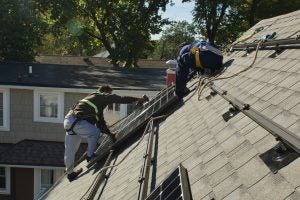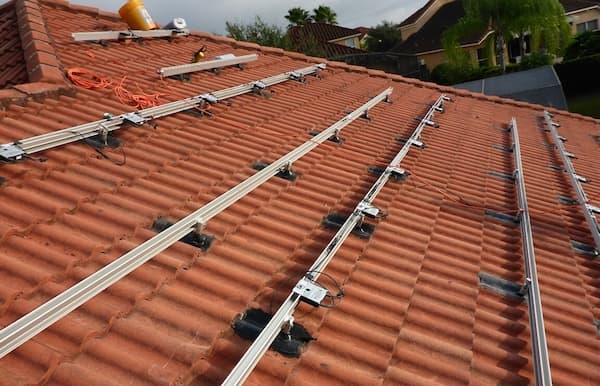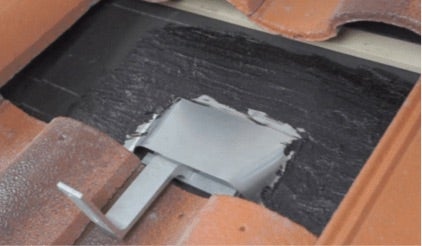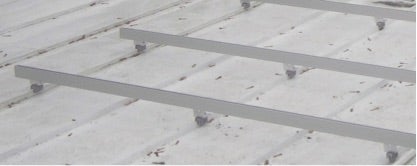On what roof materials can solar be installed?
On what roof materials can solar be installed?
 Solar panels can be installed on almost any kind of roof material and almost any roof structure (flat roof, pitched roof, etc.). Panels are attached to your roof with a racking system. The best racking system for your home depends on how your roof is structured and what type of roofing materials you have. Your installer will recommend the racking system most appropriate for your property.
Solar panels can be installed on almost any kind of roof material and almost any roof structure (flat roof, pitched roof, etc.). Panels are attached to your roof with a racking system. The best racking system for your home depends on how your roof is structured and what type of roofing materials you have. Your installer will recommend the racking system most appropriate for your property.
Below are examples of the most common roof types on which people install solar and special racking considerations for each.
Roof types

Most homes in the United States feature roofs that are pitched (i.e.,angled) and covered with asphalt shingles. Roofers lay down these shingles in overlapping courses, or rows, that allow water to shed from them, waterproofing your roof. For asphalt shingle roofs, the most common racking arrangement will include flashings and rails. A flashing is a sheet of aluminum that slides up under several courses of shingles and attaches to the rafters of your roof. Aluminum rails are then connected to a standoff (small metal pole) that attaches to the flashing. Solar panels will be laid on top of these rails, securely connected with clamps.
In warmer parts of the country, clay tile roofing is common. Roofers lay down these tiles in courses, or rows, that overlap across your roof. The tiles protect the thick, waterproof underlayment that lies beneath them from the elements. For clay tile roofs, installers will use special flashings that feature a hook attachment. The hook extends out from between clay tiles and provides an attachment point for aluminum rails. The solar panels are placed on top of the rails ,securely connected with clamps. A special consideration for clay tile roofs is age. Some older clay tile roofs are too brittle to work with and may need to be replaced before you can install your solar array.



Installing solar on a slate roof is difficult. Many installers do not work on slate because of its fragile composition and the advanced age of most slate roofs. You should be able to find an installer willing to work on slate regardless of your location, but installation will likely be more expensive than for asphalt or tile roofs.
Flat roofs (also called low-slope roofs) are equally compatible with solar as pitched roofs. The materials used to cover flat roofs vary widely, and solar can be installed on almost all of them. The three main racking arrangements for flat roofs are parapet-to-parapet wall mounts, ballasted racking, and standing seam clamps. In parapet-to-parapet wall mounts, aluminum beams are attached between the two parapet walls of the home or building. The beams provide a structure upon which you can lay the panels and clamp them down. In ballasted racking, panels will be connected directly to the roof and tilted upwards at the appropriate angle. In these cases, non-penetrating hardware secure the panels to your roof via weighted blocks. For flat standing seam metal roofs, clamps are used to connect the standing seam of the roof to a series of aluminum rails, on top of which you attach the panels.



